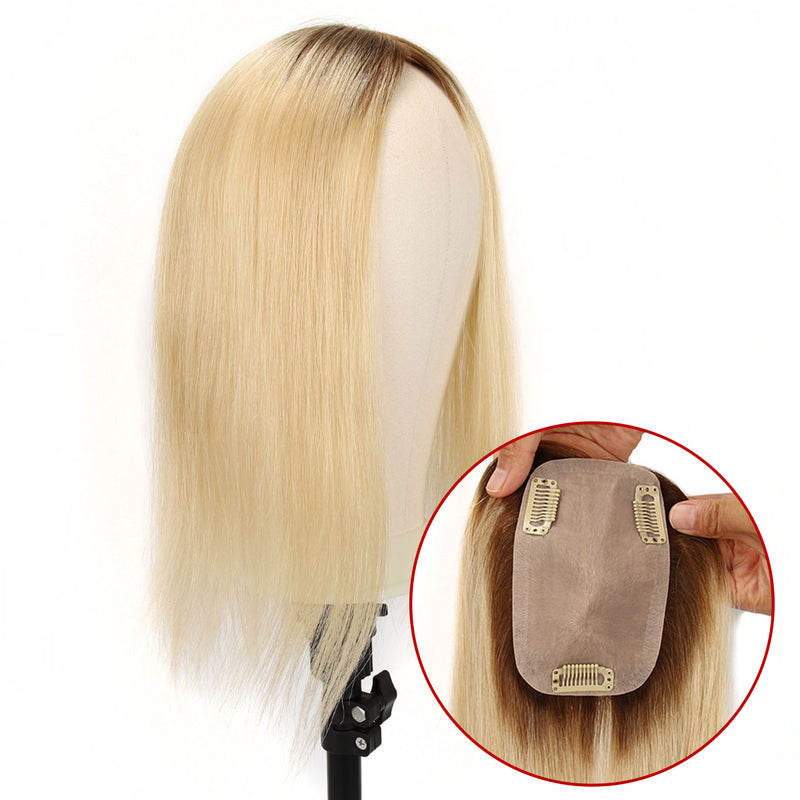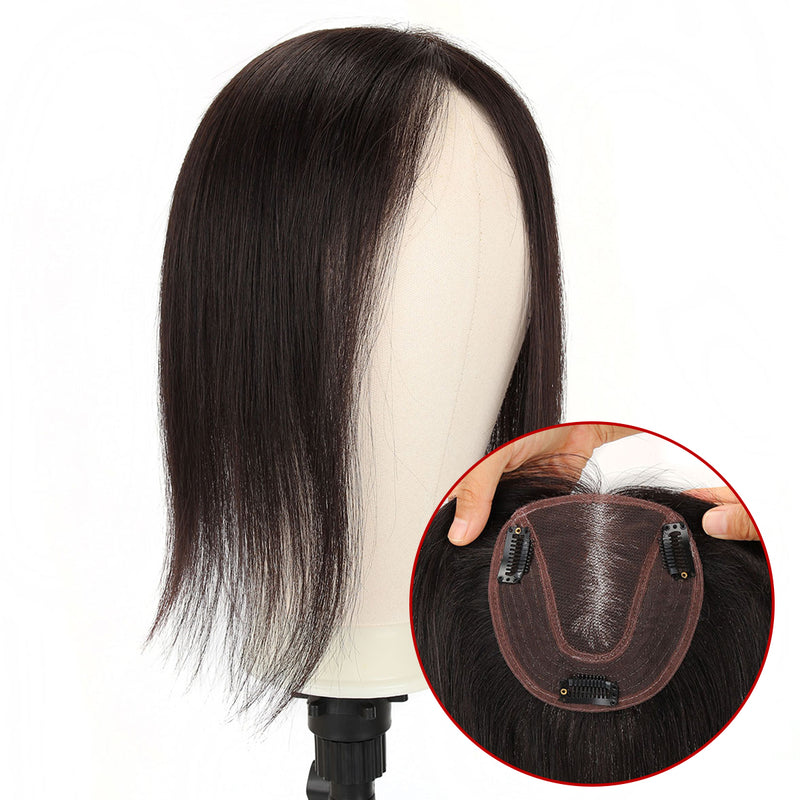Table of Contents

Introduction
When it comes to baptizing your hair, one of the most abecedarian opinions you’ll make is which to choose layered vs non layered hair. Each style is good in its own right, depending on the type of hair, face shape, and individual style. That could be a new style, more fullness, or just to make it easier to look after. Knowing the differences between these two top choices might help you make your decision. In this detailed article, both styles will be introduced.
You should do all of these in detail, and at the end, I will give you my professional opinion on the pros and cons of each and ways to care for them if you wish to have the best hair possible.
I do not think anyone should dictate how people should cut their hair; it is a matter of preference and can be an extension of one’s personality. While some may feel that no layers are desirable and would like to stick to a no-layers cut, some may feel that the layers give a variety or volume that a layered cut provides. Still, it is a fantasy because both so-called layered and non layered haircuts may be adapted to your preferences.
What is Layered and non layered Hair?

Layered Hair
When hair is cut at different levels, it is referred to as a layered haircut. The main aim of layering is to add textural quality, movement, and bulk to the hair. These layers may be mild to very noticeable depending on what is intended out of it. Layered cuts can be blunt, graduated, or deep and are suitable for almost anyone, considering face shape, hair texture, or individual style. Some of these are front layer cutting for long hair in an attempt to frame the face, and others are straight applications. Hair enhances the texture and prevents fatigue from the monotonous look of a single-length haircut.
For instance, while most people with long, straight hair desire to have their hair trimmed, they may do this by adding layers, which essentially means having their hair cut in such a way that eases the weight and volume, making it easier for hair to be styled. Among them, layers can secrete a mass from buoyant, compact and numerous sections to provide more ease and bulk. In wavy hair, layers help structure and outline the waves, and in curly hair, they help shape and avoid the bulkiness of curls.
Non Layered Hair
Non layered hair is generally termed blunt-cut hair or one-length hair, in which all hair is cut to a specific length. This particular style is characterized by close attention paid to the texture, with the texture being relatively even – making the look very polished. non layered hair is fantastic as it seems to make straight or fine hair look fuller, implying a richer body to the tresses.
But more often, non layered hair can look quite heavy and sometimes even lifeless, especially if the person has thick hair. On the other hand, it can be perfect for those who have thin hair type since using it will make their hair look thick and have a neat appearance. non layered cut styles are also easy to manage, and touch-ups do not need to be as frequent as those of those who have layered cuts in order to keep looking neat.
For example, blunt bob cuts do not have layers, and they give straight edges to provide a daring look. This style is particularly good for anyone who wants an easy-to-clean style that is still very elegant. non layered cut is also chic and has an exceptionally sleek appearance. This one looks best in official workplaces or for anyone who wants to achieve classic, shiny looks.
Types of Layered Hairstyles
Long Layers vs Short Layers
Another aspect that different people consider when choosing a layered cut is the choice of long layers vs. short layers. Each type looks different, and when using it depends on the length of your hair and the type of hairstyles you like.
Long Layers: Long layers prove suitable for girls with longer hair but not for those with short hair. This style is perfect for those who still would prefer some length in their hair but some movement and texture. Long layers are particularly perfect for people with coarse or wavy hair since they keep the hair from looking flat. Stacks provide fullness without reduction in length, thus creating an appearance of flow. For instance, if you have a thick hair type, incorporating long layers removes a bit of mass from the hair, which in turn proscribes it more body and shape.
Short Layers: Layering is achieved in short, invisible layering and is suitable for people with short hair or those who want to add volume to thin hair. Contained layers are less safe compared to more traditional long layers and add a fun, edgy, textured feel. If you are interested in having messed up voluminous hair, then these are suitable for you. This kind of layering is common in pixie haircuts or any haircut that has a bob-like hairstyle; shorter layers help create frames around the face. The first method of layering is ideal in short layers since they can be layered to appear even higher if that is what the client wants.
Front Layer Cutting for Long Hair

Layering has been made famous by the long hair front layer cutting, which combines different layers of hair up front while leaving the hair on the back section long. This cut also works well for ladies with long hair, creating a softer face pattern that frames their facial features. It is ideal for ladies with lots of hair that they do not want to cut off. For instance, layers at the front that are not rigid or crusty are likely to create attention on the work of cheekbones and jaw lines, creating a youthful look on the face.
Such front layer cutting technique is really popular with those people who want to have a little more movement in their hair, especially if they have long hair. It can be easily adjusted to fit oval facial, square, or round face types, and it helps to create the proportions. Furthermore, this style can be further modified to fit straight as well as wavy hair type densities.
Layered for Wavy Hair

Layering is especially appropriate for wavy hair because it adds to the curls’ smoothness, preventing the hair from looking over thick or fluffy. Layered for wavy hair, it adds thickness and volume as well as gives the impression of movement to waves. If you have thick or wild waves, layering helps in lessening the weight of the hair, and the waves will effectively fall and give a natural direction. Well-rounded wavy hair enables layering to provide the hair with volume and thickness for those who have fine wavy hair. It also minimizes when the wavy hair becomes bulkier and makes it easier to have that volume without the frizz.
For instance, you can tender your hairdresser for long layers that are supposed to start at the region of your chin or jawline so that your waves grow easily. This cut takes away some of the weight from the lower part and actually stops the hair from being too heavy. It also enables your waves to flow very smoothly without being pulled down by the thickened, untidy ends.
Layering Long Straight Hair

Blending long straight hair can be a lifesaver addition for ladies with massive or thick hair. It’s easy for long, straight hair to look flat or heavy, especially if the hair length is uniform throughout. Blow-drying hair in layering will promote free movement and, at the same time, create shape in the style. For instance, ends can be textured on long, straight hair in order to avoid the appearance of flat and easily drained hair. Also, if you want to try out bangs or a textured fringe in your long hair, then layering will go well with bangs and fringe haircuts since layering will create a difference and highlight the fringe part.
There are cases when layered long, straight hair is actually very useful if the person wants movement but does not want to cut the hair. Layering gives good results as it offers needed volume and lift in the ends while the appearance is still quite straight. It is ideal for those who do not wish to have one-length hair but really desire to have long hair.
Pros and Cons of Layered Hair

Pros of Layered Hair
Volume and Movement: Layered hair gives plenty of volume and movement, necessary for wavy or curly hair types, for instance. It’s one of the best ways of achieving vibrant, buoyant hair without having to put in much work. Blending makes hair flow better and prevents hair from appearing flat and boring, as is the case with one-length hair.
Versatility: Different layered styles can be specific to the hair type and face shape. There are many types, and it is possible to opt for layers that create quite a subtle effect or layers that are much more noticeable and tougher. When it comes to hair, layering is actually very suitable for all hair types, including thick hair, fine hair, curly hair, or straight hair, so having a layered hairstyle can add more versatility to a hairstyle.
Face Framing: As with front layer cutting on long hair, the layering will actually enhance the appearance of your face since it will create softer contours around it. This effect can be further refined based on your face shape to help with face balance If you want.
Reduces Bulk: For ladies with thick hair, layering can assist in washing weight off, hence simplifying the hair. Layers help reduce bulk due to removing Masson at the bottom and letting the mark move more.
Cons of Layered Hair
Frequent Maintenance: The last issue with layered hair is that it requires frequent hair trims. The layers become unshapely and nonuniform when they are allowed to grow out. Maintenance involves weekly washing of the layers, and this calls for time, and there is no better place to spend that time than at the salon. In the process, it is considered a nuisance as well as an additional expense for the people involved.
Not Ideal for Thin Hair: When layering one’s hair, it becomes thin if it is already fine or thin in the initial instance or if they are many or short. It can be bad news for those with thin hair as while layers can improve the thickness of thicker hair; they think it out further.
Difficult to Grow Out: From the previous discussion, if you decide that you want to return from layered hair to uniform hair, it may take some time. When growing out layers, they sometimes take long and require a lot of work to achieve a beautiful look. Sometimes, in between, everything may look out of place.
Tips for Maintaining Layered Hair

Regular doodads: Regular conservation is crucial. Record a trim every 6- 8 weeks to keep the layers sharp and help split ends.
Use Lightweight Hair Products: Big hair looks oppressed with rich styling products. Choose the mousse that you shampoos/conditioners that create fuller hair texture with more movement rather than being really heavy.
Heat Protection: Layered hair definitely reminds me to always use a heat protectant whenever I am curling or straightening my hair. This will ensure that your layers look healthy as well as shiny all the time that you are packing. Remember to apply the heat-protecting spray or serum before applying heat.
Embrace Natural Texture: Layered cuts are suitable for natural texture, so consider letting your hair dry naturally or using minimal heat treatment for your hair. This will help your layers look natural as opposed to falling on top of each other, and therefore, you will not be over-styled. Do not wash your hair, and let it air dry to support volume and the layers that shape the style.
Deep Condition Regularly: Piling hair strands makes hair more vulnerable to dryness as well as developing split ends. Hence, frequent weekly use of deep conditioning treatments is recommended. This will assist in protecting your having layers that are soft, healthy, and easy to manage.
Conclusion
When it comes to choosing between layered vs non layered hair, the stylish option eventually depends on your look and life. Layered hair can give further volume, texture, and versatility, while a non layered cut offers a satiny, polished appearance. Consider your hair type, face shape, and conservation preferences when making your decision.
Still, communicate with us for a discussion, and we can help you choose the ideal cut to match your style if you’re still doubtful. Explore our hair topper and hair extension products and styling services at TopUnique Hair to keep your hair looking stylish! Visit TopUnique Hair for styling tips, products, and consultations to bring your hair goals to life.










0 comentarios